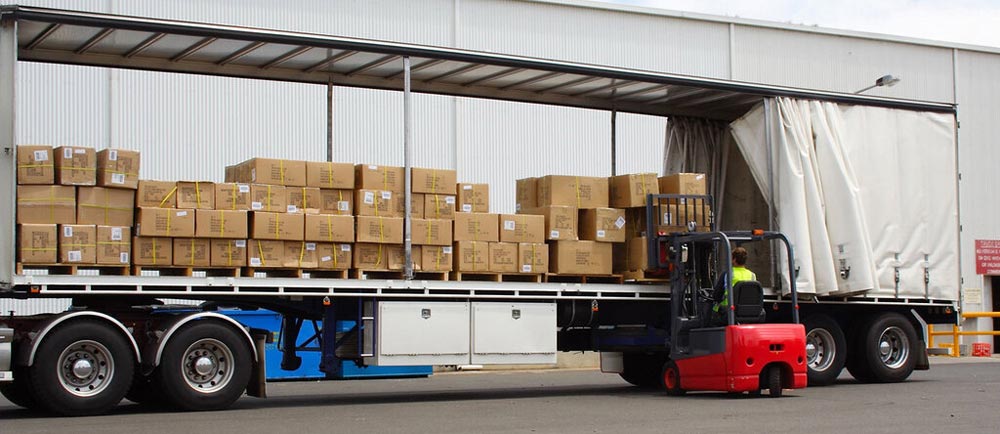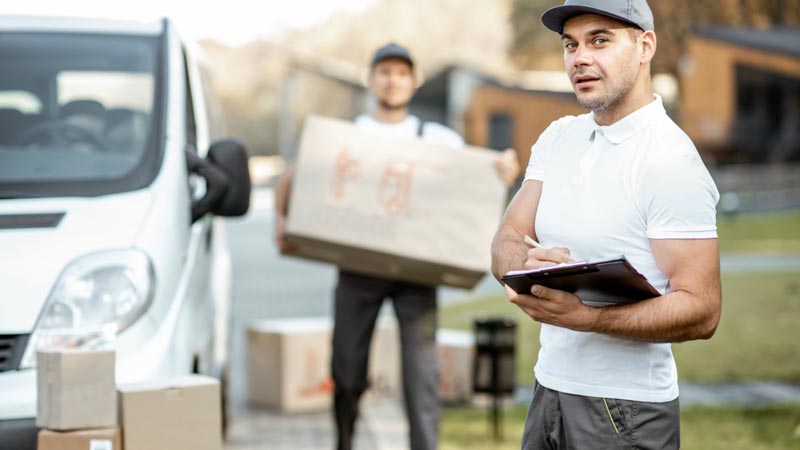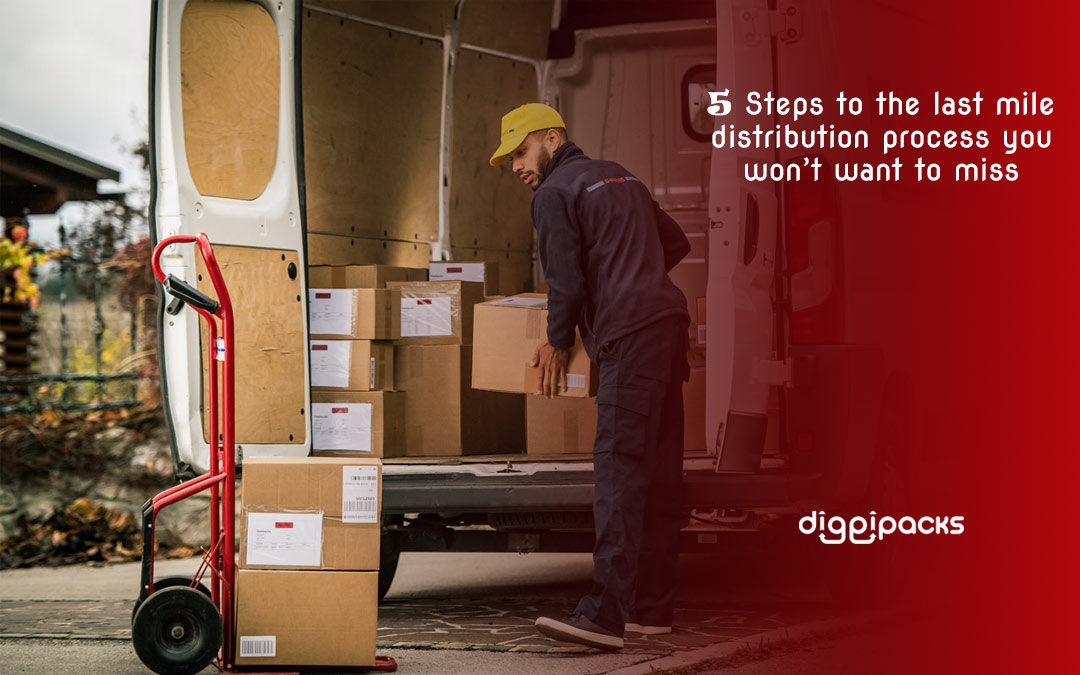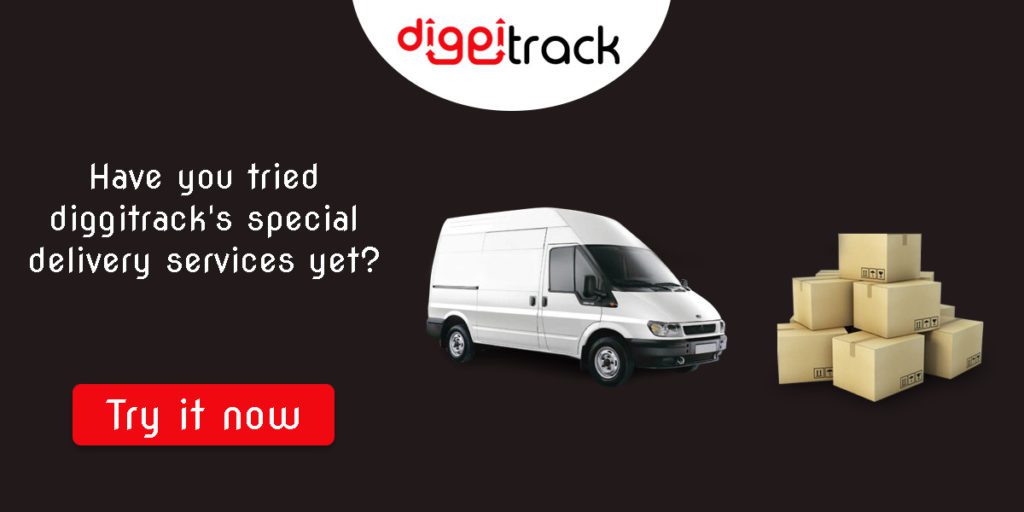Over the last few years, we’ve seen an explosion in last-mile distribution. This expansion could be attributed to the massive rise in same-day logistics and the rise of e-commerce.
With the pandemic, this impact was amplified, and we are now having witnessed a shift in how logistical challenges and our entire community perform.
Last mile distribution meaning
What exactly is last mile distribution? Last mile distribution, also reputed as last-mile logistics, is the movement of goods from a distribution center to the last right destination — the client’s door. Steadily for the past delivery service logistics focused on delivering packages as cheaply, rapidly, and precisely as possible.
Last mile distribution center development

Last-mile distribution centers have increased in popularity as given the fast delivery has increased. As a result, finding manufacturing characteristics near end consumers has become exceedingly challenging, and development teams, Retail stores chains, and engineers have to develop innovative solutions to fulfill last-mile sent in and overcome obstacles.
- With an educated and remarkable job on parking issues, you could indeed unlock tight sites, speed up authorizations, and enhance efficiency.
- Using early restriction assimilation and operations and maintenance design, you can speed up authorizations and cut construction costs.
- Tactically advantageous, proactive zoning explanations reduce grant risk and expenditures.
- To reduce fears and speed up permissions, educate acceptance agency workers on the end user’s distinctive processes.
- Increase approval rates by notifying society about the advantages of last-mile distribution centers.
5 Key Steps in the Last Mile distribution Process
Orders are digitally entered into a centralized system
What exactly is a centralized system?
A centralized system has a central destination or hubs in which peers interact. This system frees peers from several attempts and transfers them to the central body.
The Most Important Advantages
- improved command
- Inventory control
- Cost savings
- the fewer team is required
- Storage savings
Orders arrive at the transportation hub and await delivery to their end recipient
Each business has its logistic support monitoring system; for instance, awaiting delivery for E-Commerce implies that the order has been managed to pick up by the distributor and would be supplied as soon as possible once your order appears on the distribution sheet. Overall, awaiting delivery indicates that the order is prepared but has yet to be distributed.
Orders are designated to delivery personnel based on routes and recipient addresses
Routes, as well as recipient addresses, are used to assign commands to delivery personnel.
Sortation and designating portions for delivery smartly is essential to having an optimized, expense delivery last mile distribution system.
Orders are scanned before being loaded onto delivery vehicles
This upgrades the order’s condition for both the communicator and the end recipient trying to track the delivery. It also eliminates the potential of packaged goods becoming misplaced all along with manner.
Orders successfully reach the end recipients, and proof of delivery is obtained
The package has shown up at its end destination at this point.
The delivery personnel after which notify the tracking data to prove and assure that the distribution was successful.
What is the last mile problem?

Last mile distribution processes are notoriously difficult to organize. On the one hand, parcel quantities are subject to significant seasonal variations; they seem to be incredibly high before Christmas, after shopping days like Black Friday, or even during the existing COVID-19 lockdowns, but significantly lower during the summer, when several individuals are on holiday.
Delivery services cannot locate their facilities to the extreme ends and must depend on external facilities during peak periods.
On the other hand, unpredictable disruptions in the delivery are to be anticipated, particularly in inner-city areas, due to traffic congestion, restricted parking space, or illegible attempts to address.
The reality there is other clients to be delivered to everyday complicate the planning of a perfect standardized route. Eventually, there is a lot more room for unpredictability with the clients themselves. Consumers are not prevalent at the delivery point, the distribution location was incorrectly discussed or shifted at the last minute, or the clients have a very particular time window or specific circumstances (such as “kindly do not call before 10:00”) wherein their packages should be supplied.
Distribution boxes, like those commonly found in apartment blocks, help to alleviate the situation. Numerous distribution enterprises’ practice of simply removing parcels on doorsteps or with neighbors is problematic in terms of responsibility.
What are the costs of last mile distribution?
What Is the Cost of last mile distribution? Last mile distribution is now the most expensive option of the fulfillment chain, averaging $10.1 for every package delivered. Companies charge consumers an estimate of $8.08 to cover the expense, with the remainder deducted from the profitability of items sold.
Technology solutions to improve last mile distribution logistics
DELIVERY OF THE GIG ECONOMY
The sharing economy has crept its path into the last mile distribution as a result of new changes in the workplace, which now relies on new tech to look for another job.
TRAFFIC ORDERS
Another manner that technology helps your distribution is by allowing your users to find their orders, which also increases their trust in your facility.
Another manner that technology helps your distribution is by allowing your users to find their orders, which also increases their trust in your facility.
Implement driver management technology to assist your drivers in staying on schedule
Driver management technology now is considered an industry practice in the transportation sector. Knowing which your drivers are and they handle their routes is an important data origin for enhancing performance.
Improve the efficiency and effectiveness of your packaging
Packaging optimization could have a true and beneficial impact on last mile distribution achievement, both in terms of movement and cargo safeguards.
Custom shipping boxes could indeed help you develop efficiency in shipping crates and service vehicles by providing your goods with the accurate box size they require without squandering any space, as well as elevated methods could indeed enhance breakage safeguards and assist your goods to reach the customer securely.


Recent Comments